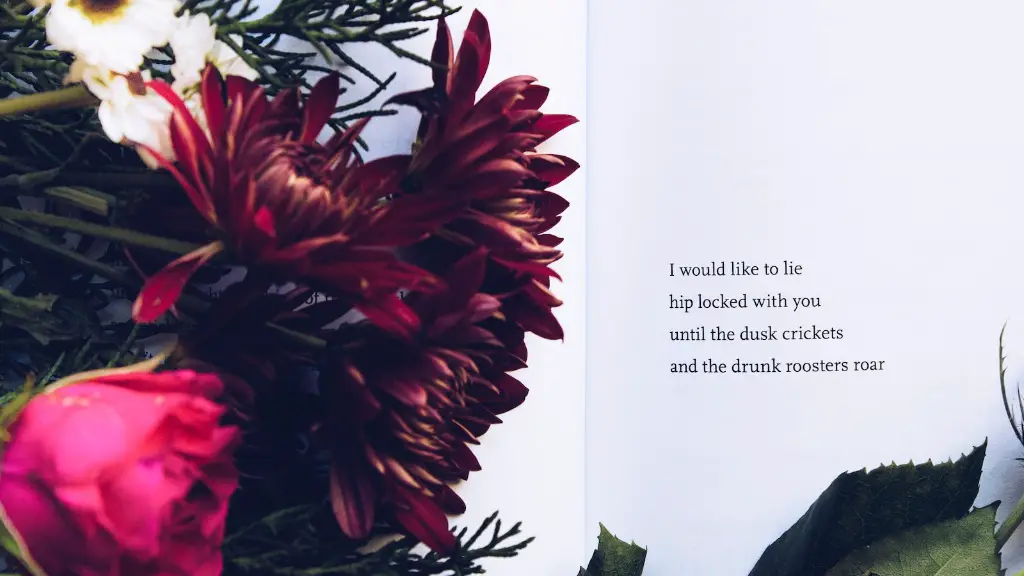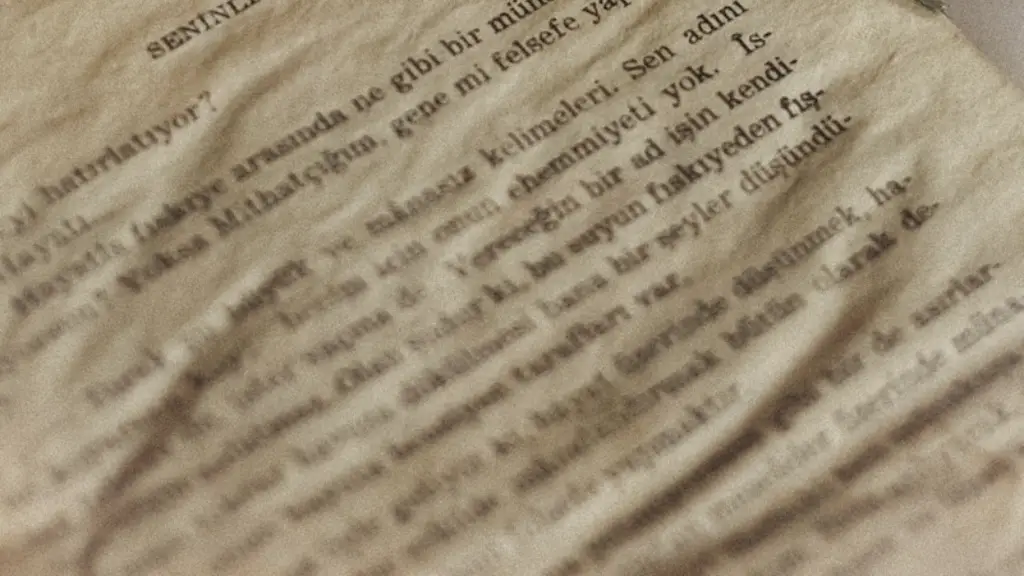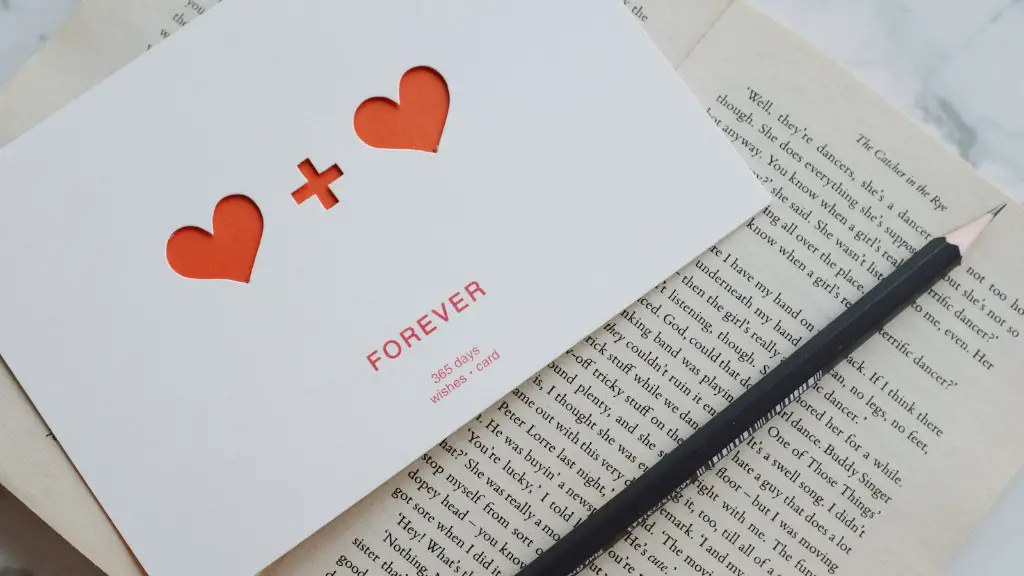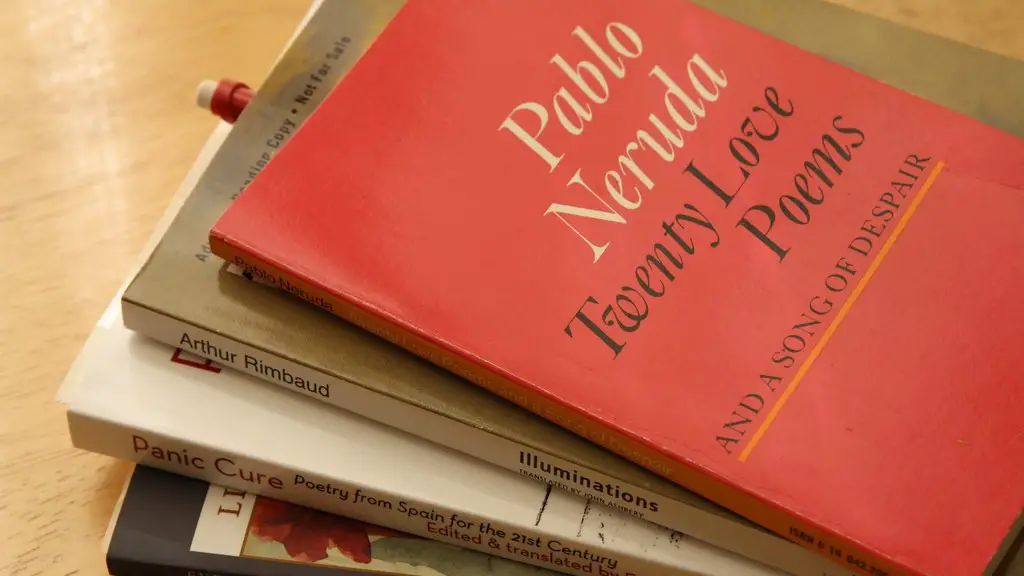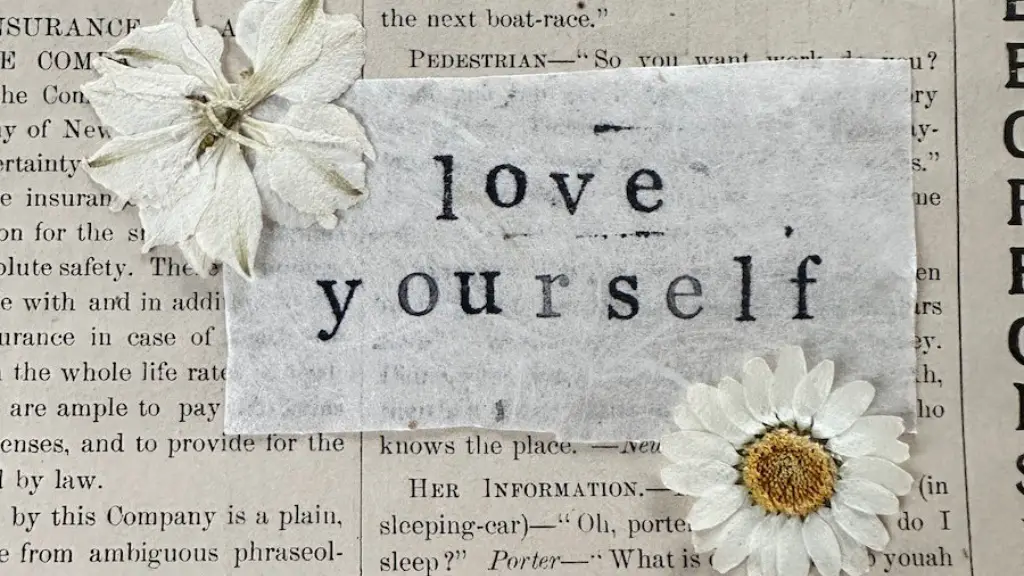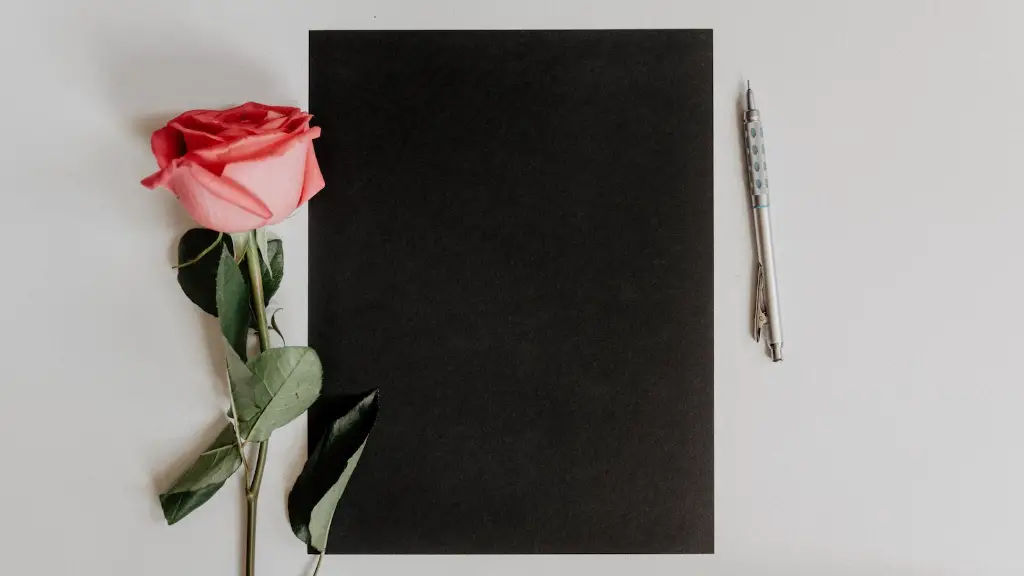Emily Dickinson is one of America’s most celebrated poets. She is known for her unconventional use of punctuation and syntax, as well as for her especially elliptical lyrics. What is less well known about Dickinson is that she hid her poems away, only allowing a handful of them to be published during her lifetime. In fact, most of her poetry was not discovered until after her death. Why did Emily Dickinson choose to keep her poems hidden? There are a few possible explanations.
There is no one-size-fits-all answer to this question, as Emily Dickinson may have had any number of personal reasons for keeping her poetry private. She may have felt that her work was not good enough to share publicly, or she may have been worried about what others would think of her if they knew she was writing poetry. Additionally, she may have simply enjoyed the act of writing for herself and felt no need to share her work with others. Whatever her reasons, Dickinson clearly felt strongly enough about keeping her poetry to herself that she took great pains to hide it from the world.
Why did Emily Dickinson not title her poems?
Emily Dickinson is one of the most celebrated poets in American history, and yet, many of her poems were never titled. This is because Dickinson did not intend for her poems to be published. Instead, she wrote them for her own enjoyment and self-expression. It wasn’t until after her death that her poems were collected and published for the world to enjoy. Even without titles, however, Dickinson’s poems are timeless masterpieces.
After her death, she requested her poems to be destroyed. But, this request was ignored. Her family and publishers did feel obliged to alter some of her punctuation style in the hope this would make it more accessible. Her poem “Success is counted Sweetest” suggests that lack of fame was a desirable thing.
Why did Dickinson isolate herself
Dickinson rebelled against more than just religious doctrine and her role as a 19th-century upper-class woman. She chose to lead a life of self-isolation that would enable her to write her famous poems. Dickinson’s poetry often reflects her innermost thoughts and feelings, which she may have been hesitant to share with the outside world. In many ways, her self-imposed isolation allowed her to create some of her most beautiful and moving works of art.
The room where Emily Dickinson spent most of her days has been known to bring visitors to tears. The misanthropic poet likely wrote every one of her 1,800 poems in the second-floor bedroom in Amherst, Massachusetts. And it’s now available to rent for an hour or two, furnished exactly as it was then.
What was strange about Emily Dickinson?
Emily Dickinson was an American poet who is considered one of the most important writers of the 19th century. She was born in Amherst, Massachusetts, in 1810 and died in 1886. During her lifetime, she published only a handful of poems, but she is now recognized as one of the most original and influential poets of her time. Dickinson’s poems are known for their unconventional style and their focus on death and immortality.
Dickinson’s poetry style is unique in that she disregarded many common literary rules. She experimented with capitalization and allowed sentences to run on. Her work was inspired by the rhythmic devices of religious psalms, but she commonly interspersed her own creative pauses within the stanzas.
Was Emily in love with Sue?
Scholarship has indicated that Dickinson may have had a lifelong love affair with her childhood friend Susan Gilbert. Gilbert later married Dickinson’s brother Austin, and the two women lived next door to each other throughout their adult lives. It is possible that the intense relationship between the two women influenced Dickinson’s poetry, which often touches on themes of love and loss.
Emily Dickinson’s life was shrouded in mystery, and her death was no different. Despite speculation, there is no evidence that she committed suicide. Rather, she died of natural causes related to her many medical conditions. She was only 55 years old when she passed away in 1886.
What problems did Emily Dickinson have
Mental illness is a real and serious issue that many people face. It is important to be aware of the signs and symptoms of mental illness so that you can get the help you need.
Emily Dickinson was a very private person who preferred to stay at home rather than socialize with other people. Some experts believe that her reclusive behavior was due to social anxiety or other mental disorders. Others believe that her parents were overprotective or that she had experienced the deaths of close friends. Whatever the cause, Dickinson was known for her solitude in life and her masterly poetry in death.
Who did Sue sleep with in Dickinson?
I’m really sorry about what I did. I know it was wrong and I betrayed your trust. I hope you can forgive me.
Emily Dickinson’s final message before she died of Bright’s disease in 1886 was, “I must go in, the fog is rising.” For days before she died, Dickinson was only able to write brief notes to her niece. In her final moments, she expressed her desire to go inside and be with the rising fog.
Did Lavinia burn Emily’s poems
In the decade following Emily Dickinson’s death, most of her correspondence went up in flames. Lavinia Dickinson, the poet’s sister and companion, followed Emily’s directives and burned the entire cache of letters that the poet had received. This means that we have very few primary sources when it comes to trying to understand Dickinson’s personal life and relationships. We have to rely on secondary sources, like Lavinia’s own memoir, to try to get a sense of what Emily was like as a person.
Dickinson’s poetry was not widely known during her lifetime. It was only after her death, when her sister Lavinia discovered her cache of poems, that her work became public. Lavinia helped to preserve Dickinson’s poetic legacy and ensure that her sister’s poem would be read and appreciated by future generations.
What happened to Emily Dickinson’s poems after she died?
Todd’s daughter Millicent helped her edit the poems that remained in her possession. Todd did not live to see the project finished, but Millicent completed the work on her behalf. In 1945, she published Bolts of Melody, a collection of her mother’s poems.
Dickinson has perhaps unfairly earned a reputation for being a rather morbid poet, focused intently on death. Death was certainly a preoccupation of Dickinson’s, especially as her New England culture was permeated with evangelical Christian questions of salvation, redemption, and the afterlife. However, this view of Dickinson as a morbid poet does not take into account the range and depth of her work. While death is certainly a recurrent theme in Dickinson’s poetry, she also writes about love, nature, and the human experience in all its forms. In her poetry, Dickinson brings together the light and the dark, the joyous and the sorrowful, to create a complex and nuanced picture of the human condition.
Final Words
There are many possible reasons why Emily Dickinson may have hidden her poems. It is possible that she was shy or embarrassed about her work and did not want to share it with others. It is also possible that she did not feel that her work was good enough to be publically shared. Additionally, she may have simply wanted to keep her work private and personal.
The reason Emily Dickinson hid her poems was likely because she was embarrassed by them. She may have thought they were not good enough to be seen by other people, or she may have been afraid of what other people would think of her if they knew she was a poet. Whatever the reason, Emily Dickinson clearly felt that her poems were not meant for public consumption.
